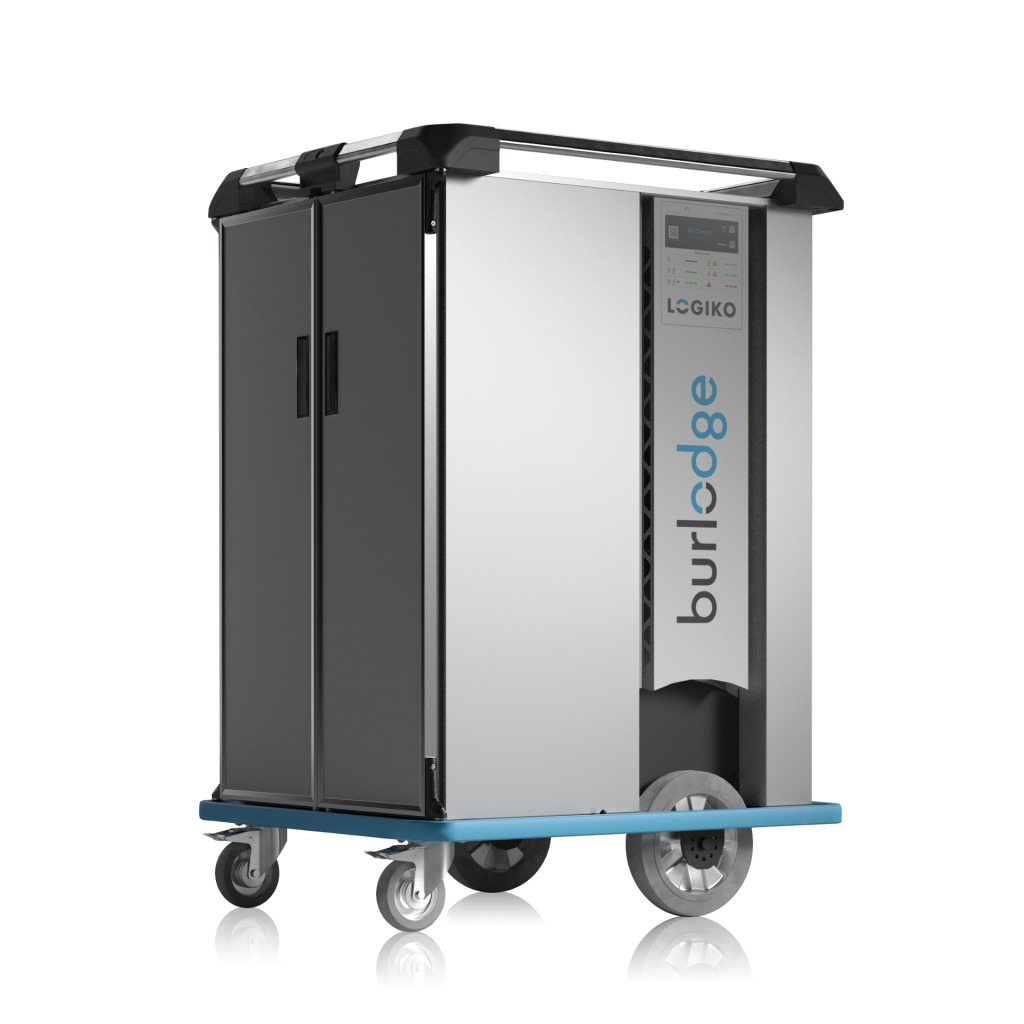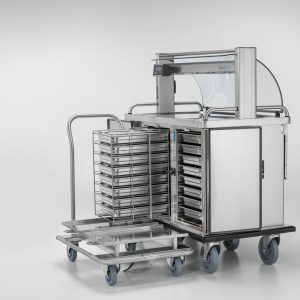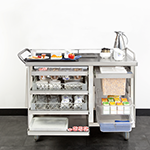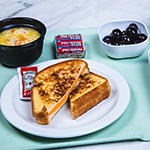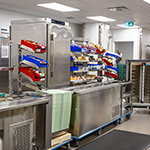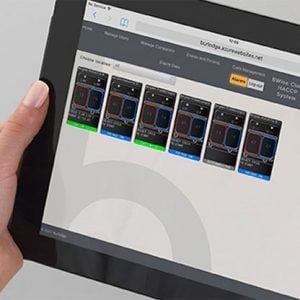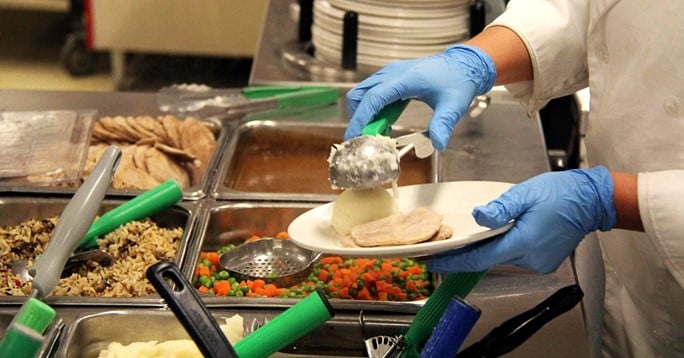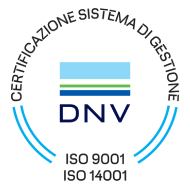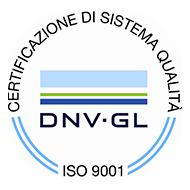Why Finger Food Menus are The Right Fit
While there are plenty of challenges to overcome for some patients when it comes to the physical needs around dining, I can’t emphasize enough the importance of being able to self-feed. For something that we’re so accustomed to doing for most of our lives, it is a disconcerting time when we’re no longer able do this for ourselves.
How to bridge the gap between maintaining a sense of dignity and self-reliance around dining while recognizing the physical or mental shortcomings that can impede people from getting the nourishment they need? This is why Finger Food menus are fast gaining
appeal among food and catering managers. For patients, they address the concerns around a number of debilitating conditions while kitchens can readily adapt and accommodate these needs.
What are some of the driving issues that would encourage operations to adopt finger food menus? Start by assessing your clients’ physical and mental limitations, and determine the potential effectiveness of a menu that eases accessibility. You’ll likely recognize that there are a significant number of people who would benefit from such an approach. Even your more capable clients who would welcome the novelty of the occasional cutlery-free meal.
Some of the more prominent conditions to consider include the following:
Dexterity

Something that is too often overlooked are the challenges for the elderly and infirm to effectively use cutlery. Whether their agility or strength is compromised, the inability to get food from plate to fork to mouth can be an act of frustration and embarrassment. The same holds true for packaged goods on trays that can be difficult to open. If patients give up trying, then their nourishment suffers. For those who claim lack of appetite, first reconsider what their physical capacity is for feeding themselves.
Vision Loss

Similarly, as eyesight steadily deteriorates, it can be difficult to discern not only what the items are on a plate but also determining their distance from the cutlery. Again, the related frustrations can negatively affect food intake. Offering finger foods allows people to distinguish items by texture and temperature.
Dementia & Stroke Patients
Typically for these patients, there are challenges to using cutlery, especially in the case of dementia as it progresses. The ease of finger foods removes that obstacle from the equation. Add to this the fact that it’s not surprising that these patients have lesser appetites. Portioning of finger food menus can be adjusted to their needs and there’s reduced food waste as a result.
Temperatures
Some may raise concerns about hotter items and the prospects of burning fingers, so temperature control of hotter items is important. While most appreciate a warm item on a menu, choosing foods that still remain palatable even as they cool is essential for those people who are slower eaters.
Menu Options
So, what does a finger food menu look like? Extensive, that’s what. Catering managers will find they have ample latitude to create an expansive range of dishes. For inspiration, take a look at some sample menus here.

Another strategy that a UK facility has initiated is a menu based around photos rather than lengthy descriptions. Visual appeal meets ease of access and the improved likelihood that patients will not be under-nourished.
For now, accept it as food for thought. I suspect the prospect of finger food menus is only going to grow in coming years as nutrition professionals recognize many benefits – for patients, for menu variety and for the bottom line.
While these menus may be designed primarily for those with dementia and who struggle with dexterity issues, there is no reason finger food options cannot be introduced to a wider audience. After all, who doesn’t love the opportunity to eat with their hands?

